Introduction
In the realm of architecture, the ability to translate complex designs into compelling visual narratives is paramount. Architectural rendering serves as a critical bridge between conceptual ideas and tangible outcomes, enabling clients to engage with projects long before the first brick is laid. This article delves into the multifaceted role of rendering in enhancing client satisfaction, exploring its impact on decision-making, communication, and project alignment.
By examining key techniques, tools, and the importance of client feedback, it becomes evident that high-quality renderings are not merely aesthetic representations; they are essential instruments that foster collaboration and ensure that architectural visions are realized with precision and clarity.
As the industry evolves, understanding the nuances of rendering will be vital for architects aiming to meet and exceed client expectations in an increasingly competitive landscape.
Defining Architectural Rendering and Its Role in Client Satisfaction
Architectural visualization involves the creation of both two-dimensional and three-dimensional representations of proposed concepts, acting as an essential resource within the architectural field. By allowing customers to envision the final result before building, high-quality visuals not only demonstrate the aesthetic values of a design but also successfully communicate design purpose and functionality. This capability is fundamental to achieving architectural rendering client satisfaction, as it ensures alignment between the architect’s vision and the customer’s expectations.
The advantages of preliminary conceptual visuals are particularly noteworthy, offering:
- Quick visualization of ideas
- Cost-effective exploration
- Enhanced communication among stakeholders
These renderings facilitate informed decision-making, allowing clients to make adjustments early in the design process, ultimately leading to significant cost savings. Moreover, as emphasized in various case studies, the role of pre-sales visualization cannot be understated; it enhances confidence and generates investment by presenting a tangible asset that sparks interest long before construction begins.
Notably, a recent report indicates that:
- 28% of architects, engineers, contractors, owners, and investors globally affirm that most of their building projects qualify as green
- 42% anticipate that their projects will reach this status within the next three years
This shift highlights the significance of sustainability in architectural design and demonstrates how effective visualizations can play a crucial role in assisting individuals through the decision-making process. Furthermore, the integration of building automation systems, which can result in energy savings of 15-30%, illustrates the practical implications of architectural visualization in achieving energy efficiency and sustainability.
By minimizing misunderstandings and improving the overall experience, architectural visualization is increasingly acknowledged as a vital component in nurturing successful customer relationships and enhancing architectural rendering client satisfaction. Significantly, the iterative creation process backed by these visuals permits numerous revisions and enhancements informed by feedback from the architectural rendering client satisfaction, ensuring that the final outcome fulfills all expectations. Furthermore, the degree of detail in architectural illustrations greatly influences visualization, allowing individuals to better grasp the subtleties of the design, which ultimately assists in informed decision-making.
Key Techniques and Tools for High-Quality Architectural Renderings
Achieving high-quality architectural visuals is essential for ensuring architectural rendering client satisfaction and requires a sophisticated approach involving various advanced techniques and tools, particularly when considering factors that influence this satisfaction. Photorealistic depiction stands out as a key technique, utilizing complex algorithms to replicate real-world lighting and materials accurately, which plays a crucial role in evoking emotional connections with customers. Combined with powerful 3D modeling software, like AutoCAD Architecture, which includes a vast library of over 8,500 elements for home creation, professionals can produce detailed and accurate representations of architectural plans.
Among the most popular tools in 2024 are:
- Autodesk 3ds Max, known for its versatility
- V-Ray, which excels in producing lifelike images
V-Ray’s integration with both CPU and GPU, alongside its application in various 3D environments, enhances its standing despite its initial learning curve for novices. Expertise in these advanced visualization methods is essential for achieving architectural rendering client satisfaction by providing results that not only meet but exceed customer expectations, ensuring precision through careful detail and promoting teamwork.
This commitment to quality is reflected in the recent Top Rated Certificate awarded by Trustindex, showcasing a review score exceeding 4.5 based on Google reviews collected over the past year. Our comprehensive illustrations not only enable customers to envision their plans but also offer a space for enhancing concepts through cooperative input. Authentic testimonials from customers, including those praising our ability to transform their ideas into reality and the emotional effects of our work, reinforce our commitment to excellence and highlight the importance of visualizations in achieving architectural rendering client satisfaction in residential designs.
The Importance of Communication in Achieving Client Satisfaction
Effective communication between architects and customers is crucial for ensuring architectural rendering client satisfaction in architectural visualization projects, especially when considering outsourcing. Participating in regular updates, organized feedback sessions, and offering clear descriptions of the creation process are essential practices that help build trust and accurately represent the customer’s vision. A collaborative consultation process is essential, where architects prioritize discussions around preferences and actively incorporate feedback throughout the rendering process.
This approach enhances the quality of the final deliverable and instills a sense of ownership in clients, ultimately leading to architectural rendering client satisfaction. Furthermore, utilizing 3D visualizations allows designers and developers to communicate ideas clearly, spot potential design issues early, and streamline workflows—significantly impacting business efficiency. It’s common for businesses to ask:
- ‘What are the advantages of outsourcing 3D architectural rendering?’
- ‘How does it affect timelines and costs?’
Answering these questions can clarify the value of outsourcing. Furthermore, the advantages of 3D visualizations, which enhance architectural rendering client satisfaction, encompass improving communication, addressing design problems early, and optimizing workflows, all of which are essential for effective management.
The architectural visualization process, from initial consultation to detailed 3D representations, exemplifies a sequential and integrated approach to managing project phases, emphasizing the need for strong communication strategies to enhance project outcomes and stakeholder engagement.
Leveraging Client Feedback for Enhanced Rendering Outcomes
Client feedback serves as a cornerstone in the architectural design process, significantly influencing architectural rendering client satisfaction with the final outcome. At J. Scott Smith Visual Designs, we understand that actively seeking and incorporating feedback at different phases of development enables us to enhance our designs, ensuring they closely match the visions of those we serve. This iterative process not only improves the quality of the outputs but also fosters architectural rendering client satisfaction and deeper engagement.
For example, when customers offer insights on materials or lighting, these recommendations can convert our visuals into representations that resonate profoundly with their expectations, enhancing both visual quality and user experience.
Additionally, our collaborative planning phase is characterized by open communication and mutual understanding, where we examine the customer’s needs in detail. We discuss the scope of the endeavor, including the number of images needed and the preferred rendering style, ensuring our services align seamlessly with their marketing and pre-sales strategy. One of our initial actions is to send the customer sample images from our previous works.
This not only highlights our work but also offers a visual language for discussions, aiding us in grasping what appeals to the customer. Such diligence in the planning phase culminates in a custom proposal tailored to the specific needs for renovation renderings, establishing a robust foundation for a successful endeavor.
Statistics reveal that:
- 28% of industry professionals, including architects, engineers, contractors, and owners, report that most of their endeavors qualify as green.
- A projected 42% anticipate this level within three years.
This trend highlights the necessity for architects to embrace client feedback as a vital element in the iterative planning process, ensuring that architectural rendering client satisfaction is prioritized by meeting evolving client expectations with quality and precision. Additionally, with nearly 120,000 licensed architects across 55 U.S. jurisdictions and 35,621 candidates actively working on licensure in 2022, the architectural profession is experiencing robust growth, highlighting the importance of collaboration and feedback in achieving project success.
Ready to explore the potential of your architectural concepts? Collaborate with J. Scott Smith Visual Designs to visualize and validate your concepts with our initial depictions. Contact us today to schedule a consultation and see how we can help bring your design concepts to life.
Aligning Pricing Strategies with Client Value for Satisfaction
Aligning pricing strategies with customer value is essential for achieving architectural rendering client satisfaction in architectural visualization endeavors. The price growth rate of engineering and architectural services in the U.S. has significantly increased, with rates rising by approximately 20% from 2005 to 2023. This emphasizes the necessity for firms to ensure that customers perceive their investments as reflective of the quality and expertise provided.
High-quality visuals serve as a window into the future of your project, allowing stakeholders to visualize potential outcomes and understand the vision behind the blueprints, thus enhancing decision-making and building excitement. Transparent pricing models, which meticulously outline the components of costs, can significantly enhance trust and lead to improved architectural rendering client satisfaction. For example, a tiered pricing structure based on the complexity and customization of the rendering enables customers to select options that align with their financial considerations while still ensuring high-quality outcomes.
The significance of intricate details, from sunlight reflecting off windows to the texture of bricks, enhances realism and emotional impact, further justifying investment. This strategic alignment of pricing with perceived value not only cultivates long-term relationships but also promotes architectural rendering client satisfaction, encouraging repeat business. Moreover, insights from a recent case study reveal that 70% of architecture firms are planning to invest more in technology to enhance project management and design software, indicating a trend toward modernizing pricing strategies that align with customer expectations.
This investment in technology not only enhances efficiency but also aligns with the changing demands of customers, ensuring that firms remain competitive. Furthermore, it’s important to consider equity within the industry; as noted by Zippia, women architects earned 92% of what men earned in 2022, highlighting a critical aspect of perceptions of value and fairness in architectural services. Such developments are crucial in an industry where architectural rendering client satisfaction is directly influenced by client perceptions of value and project success.
Conclusion
Architectural rendering is essential for enhancing client satisfaction by transforming design concepts into compelling visualizations. High-quality renderings not only facilitate informed decision-making but also promote effective communication and allow for early adjustments based on client feedback. This iterative process minimizes misunderstandings and fosters collaboration between architects and clients.
Utilizing advanced techniques such as photorealistic rendering and sophisticated 3D modeling software enables architects to create detailed representations that accurately convey design intent and evoke emotional connections. These tools are vital for achieving the high-quality outcomes that clients expect.
Additionally, aligning pricing strategies with client value is crucial for reinforcing satisfaction. Transparent pricing models, combined with exceptional renderings, help clients perceive their investments as reflective of the quality and expertise provided. This alignment builds trust and encourages long-term relationships, which are essential in a competitive architectural landscape.
In summary, architectural rendering serves as a strategic tool that ensures architectural visions are realized with precision and clarity. By prioritizing effective communication, leveraging client feedback, and employing advanced rendering techniques, architects can significantly enhance client satisfaction and navigate the evolving demands of the industry. Mastering the art of architectural rendering will remain vital for architects aiming to meet and exceed client expectations.
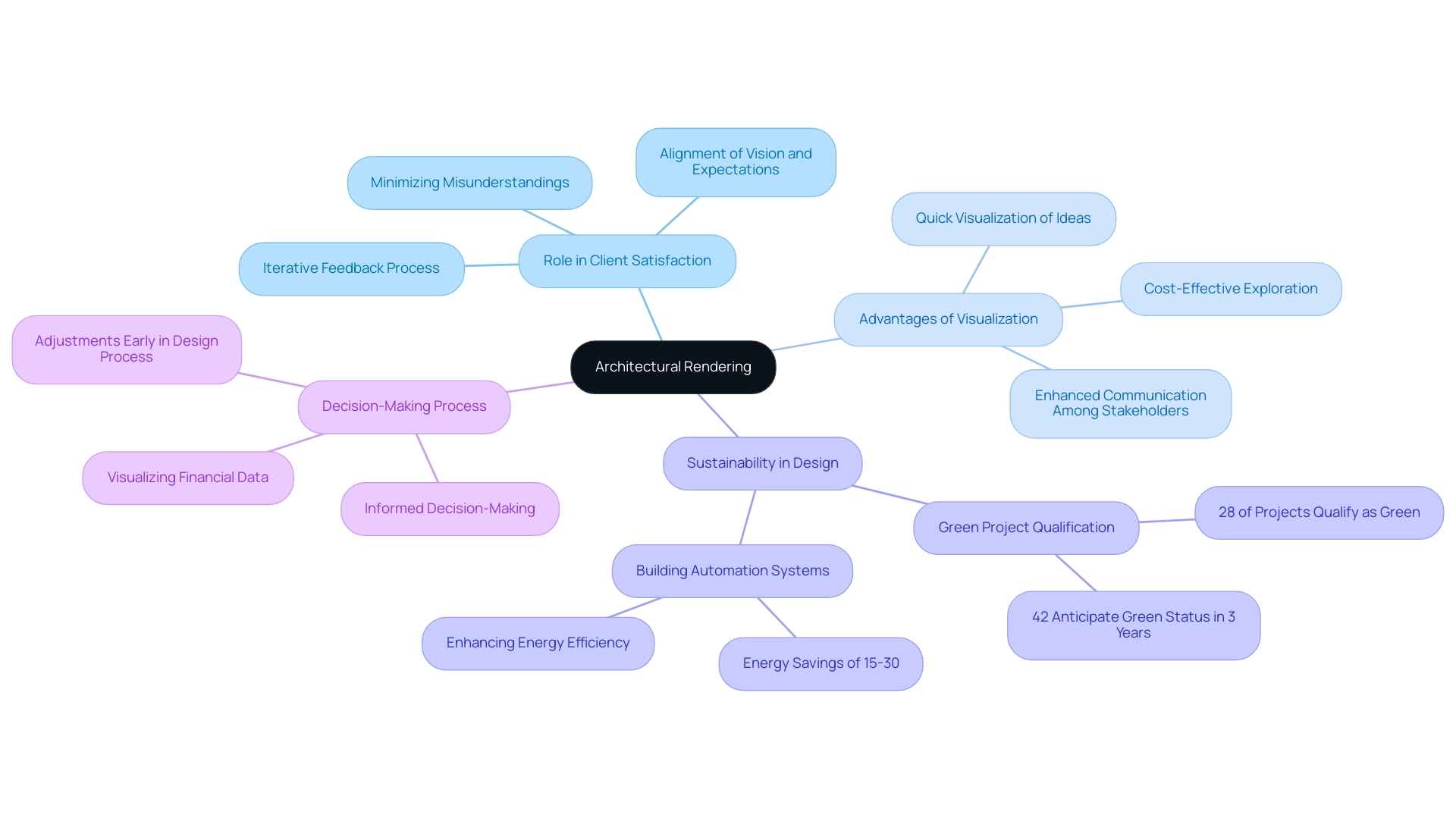
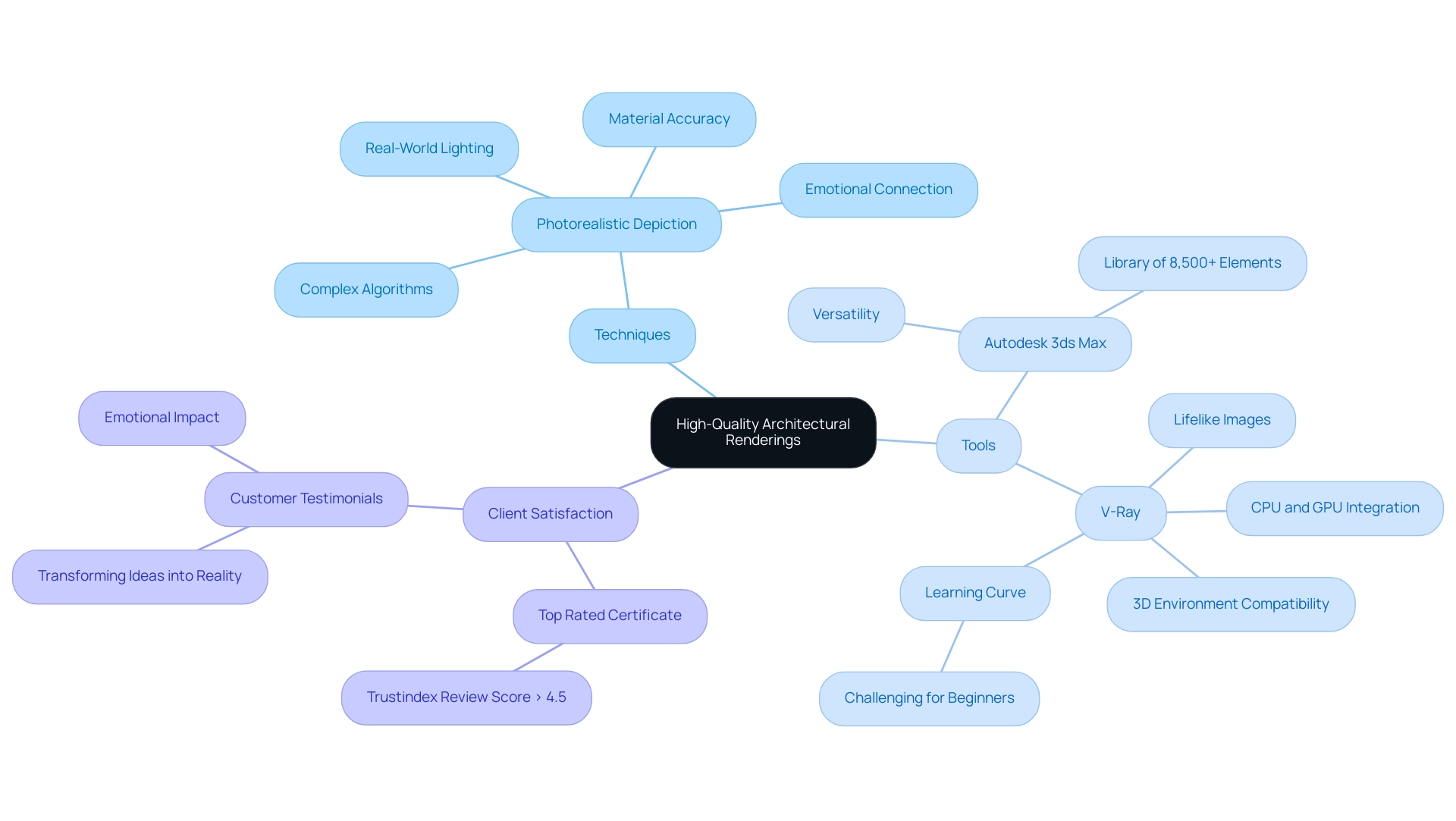
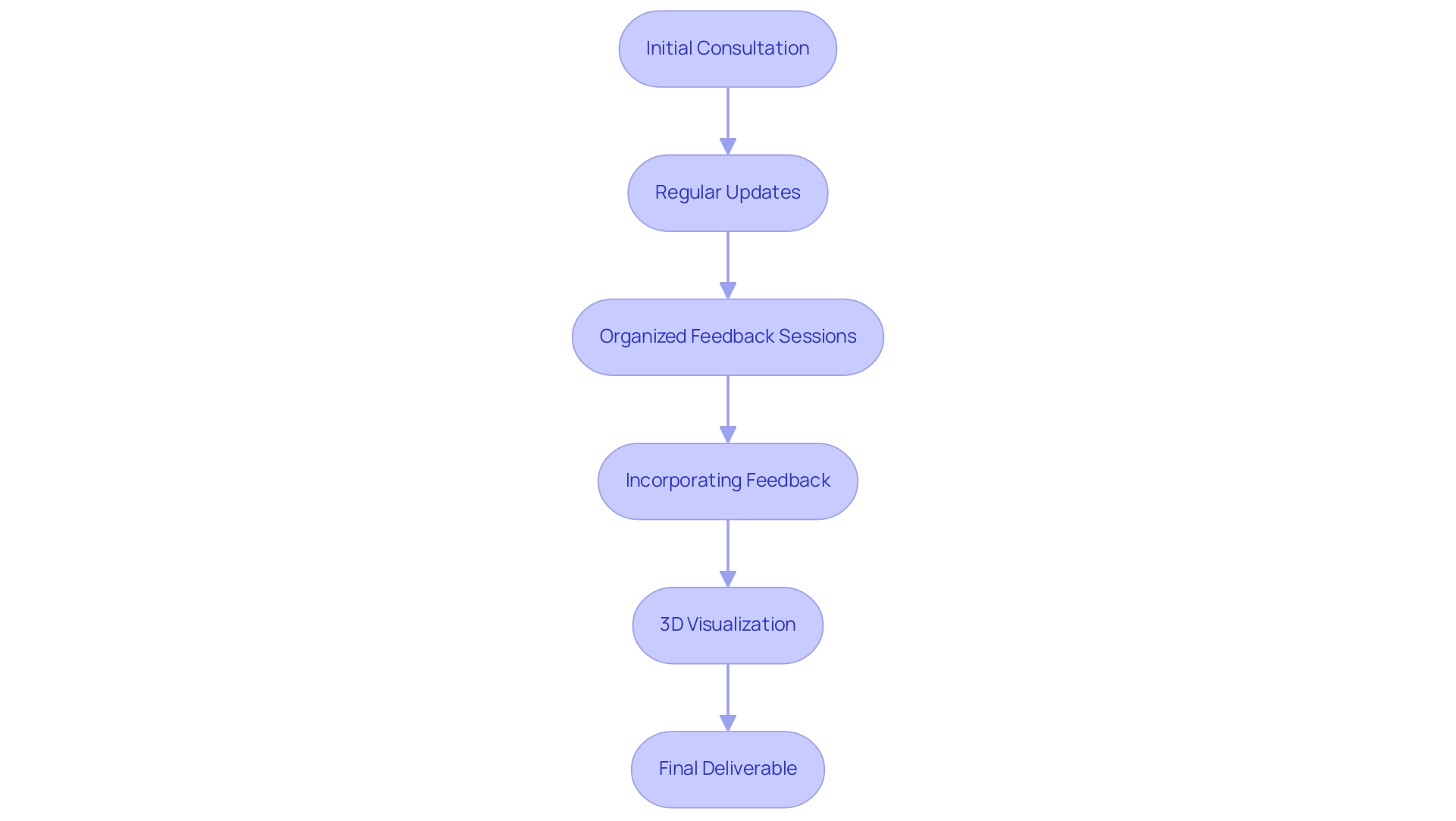
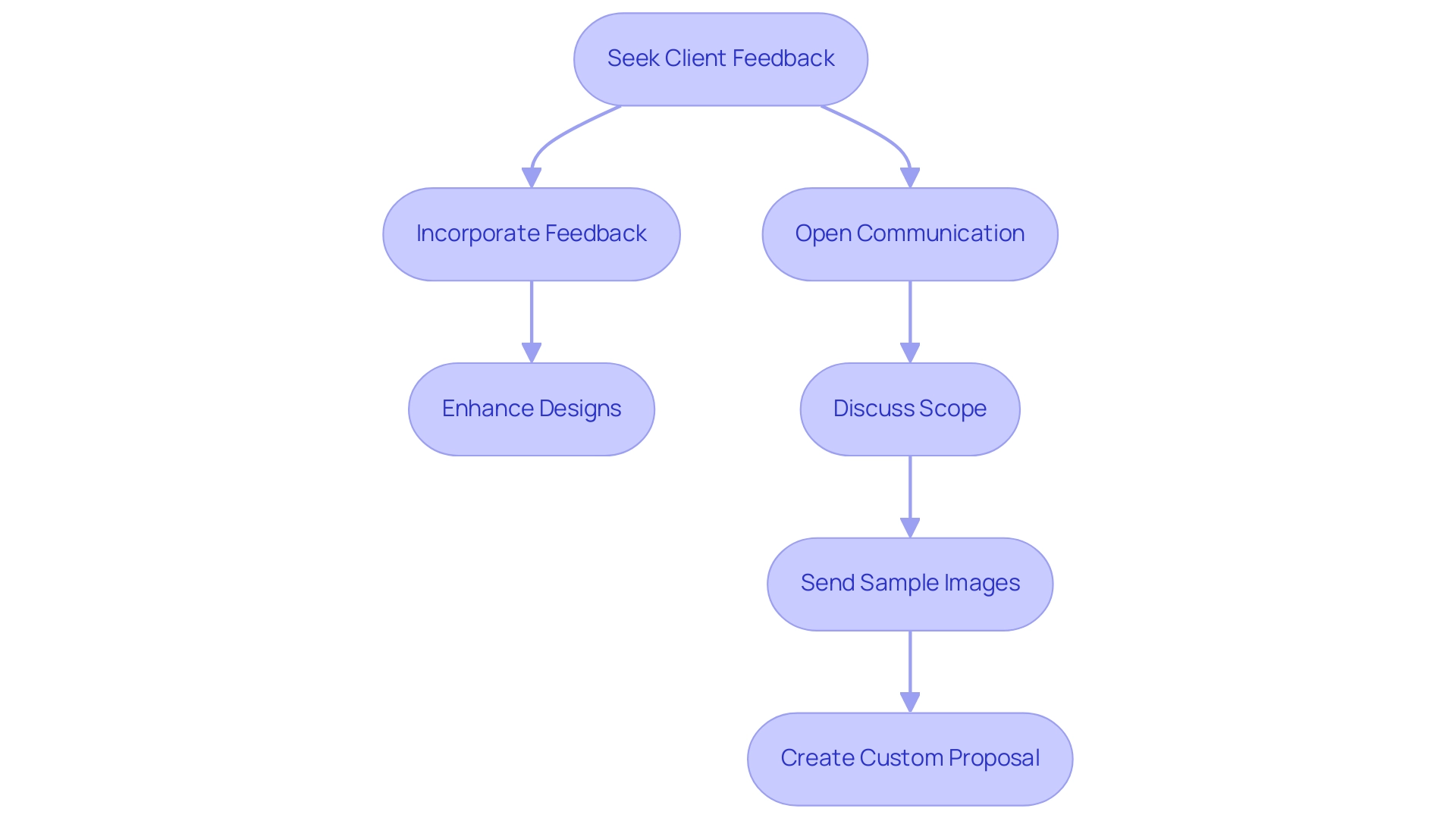
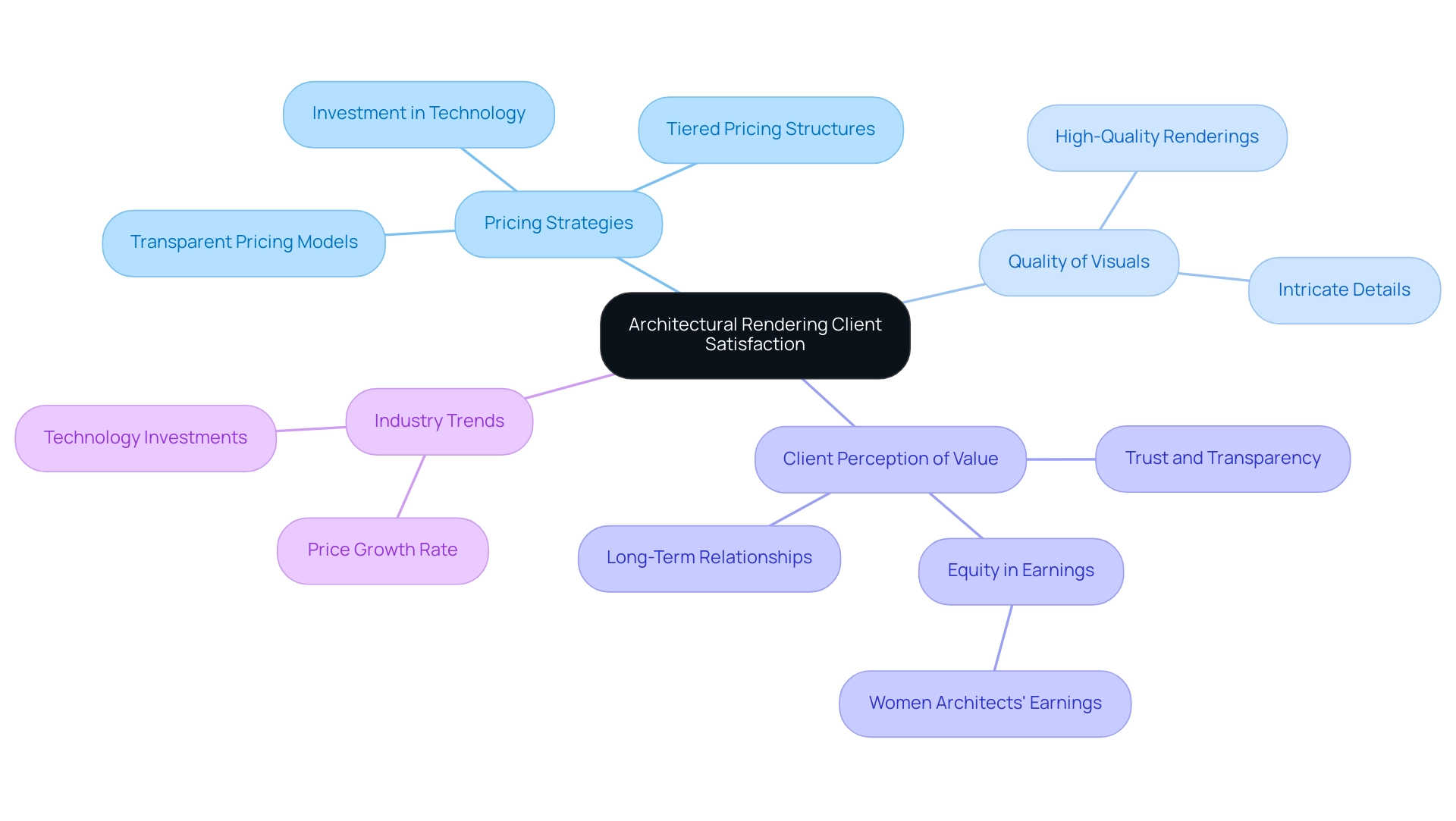
0 Comments